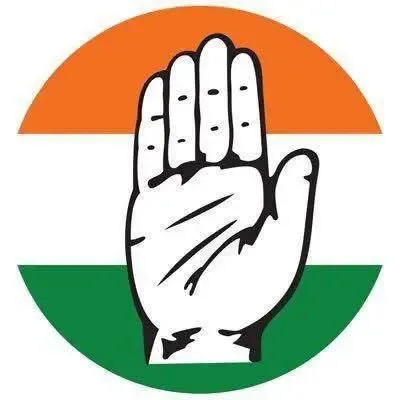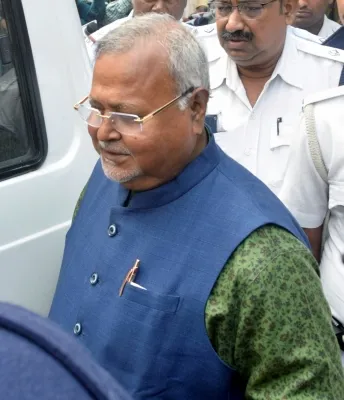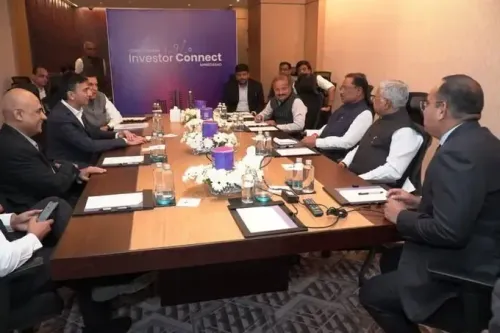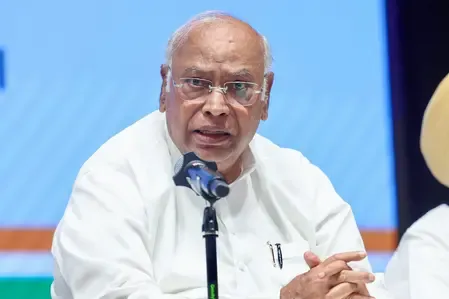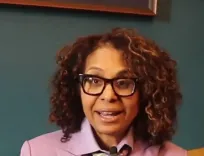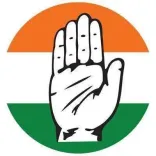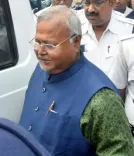What Happened After the Month-Long Exposition of Buddha Relics in Vietnam?
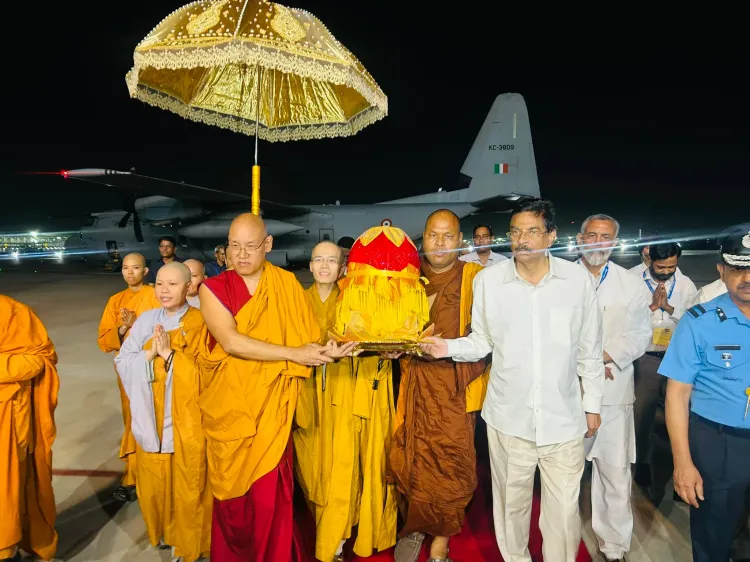
Synopsis
Key Takeaways
- The relics returned to India after a month-long exhibition in Vietnam.
- More than 17.8 million devotees participated in the pilgrimage.
- The relics were ceremoniously received at Palam Air Force Station.
- They will be publicly displayed at the National Museum in Delhi.
- The relics will be enshrined at Mulagandha Kuti Vihar in Sarnath.
New Delhi, June 3 (NationPress) The sacred relics of Lord Buddha returned to India on Tuesday following a spiritually enriching month-long exhibition journey throughout Vietnam.
The relics were ceremoniously welcomed at Palam Air Force Station in New Delhi. The delegation accompanying the relics was headed by Hari Babu Kambhampati, the Governor of Odisha, along with representatives from the International Buddhist Confederation (IBC), led by Ven. Shartse Khensur Jangchup Choeden Rinpoche, Secretary General, and officials from the National Museum.
As stated in a post on X by the IBC, “The holy relics will be publicly exhibited at the National Museum, Delhi, for a day, allowing devotees and dignitaries to pay their respects. A formal prayer meeting with senior monks, IBC officials, and diplomats will follow.”
On June 4, the relics will proceed in a Presidential cavalcade to Sarnath via Varanasi, where they will be ceremonially enshrined at Mulagandha Kuti Vihar, marking the grand finale of this historic international pilgrimage.
The remarkable spiritual journey captivated millions in Vietnam, as devotees participated in a momentous veneration pilgrimage of the Buddha's sacred relics from India.
This sacred tour, covering multiple revered sites from the south to the north of the country, attracted over 17.8 million devotees, uniting Buddhists and spiritual seekers in a profound display of reverence and cultural solidarity.
External Affairs Minister (EAM) S. Jaishankar referred to the exhibition of these relics in Vietnam as an “expression of close and friendly ties over centuries.”
The veneration not only highlighted Vietnam's deep-rooted Buddhist heritage but also became a vibrant manifestation of national unity and peace.
Ceremonies featured relic processions, meditative gatherings, chanting, and educational sessions, promoting spiritual mindfulness among participants of all ages.
The holy relics made their way to Vietnam from India on May 2, accompanied by an Indian delegation led by Union Minister of Parliamentary and Minority Affairs Kiren Rijiju, which included Andhra Pradesh Minister Kandula Durgesh and senior monks and officials.
The relics were initially slated to remain in Vietnam until May 21 as part of the UN Day of Vesak celebrations.
However, responding to a formal request from the Vietnamese government after receiving a recommendation from the Committee for Ethnic and Religious Affairs, India agreed to extend the enshrinement of the Buddha's sacred relics in Vietnam beyond May 21, according to local media reports.
The relics were showcased at Thanh Tam Pagoda in Ho Chi Minh City, followed by Ba Den Mountain in Tay Ninh province, Quan Su Pagoda in Hanoi, Tam Chuc Pagoda in Ha Nam, Bai Dinh Pagoda in Ninh Binh province, Phuc Son Pagoda in Bac Giang Province, Truc Lam Yen Tu Monastery in Quang Ninh, Chuong Pagoda in Hung Yen, and Quan Am Ngu Hanh Son Pagoda in Da Nang City of Vietnam.

